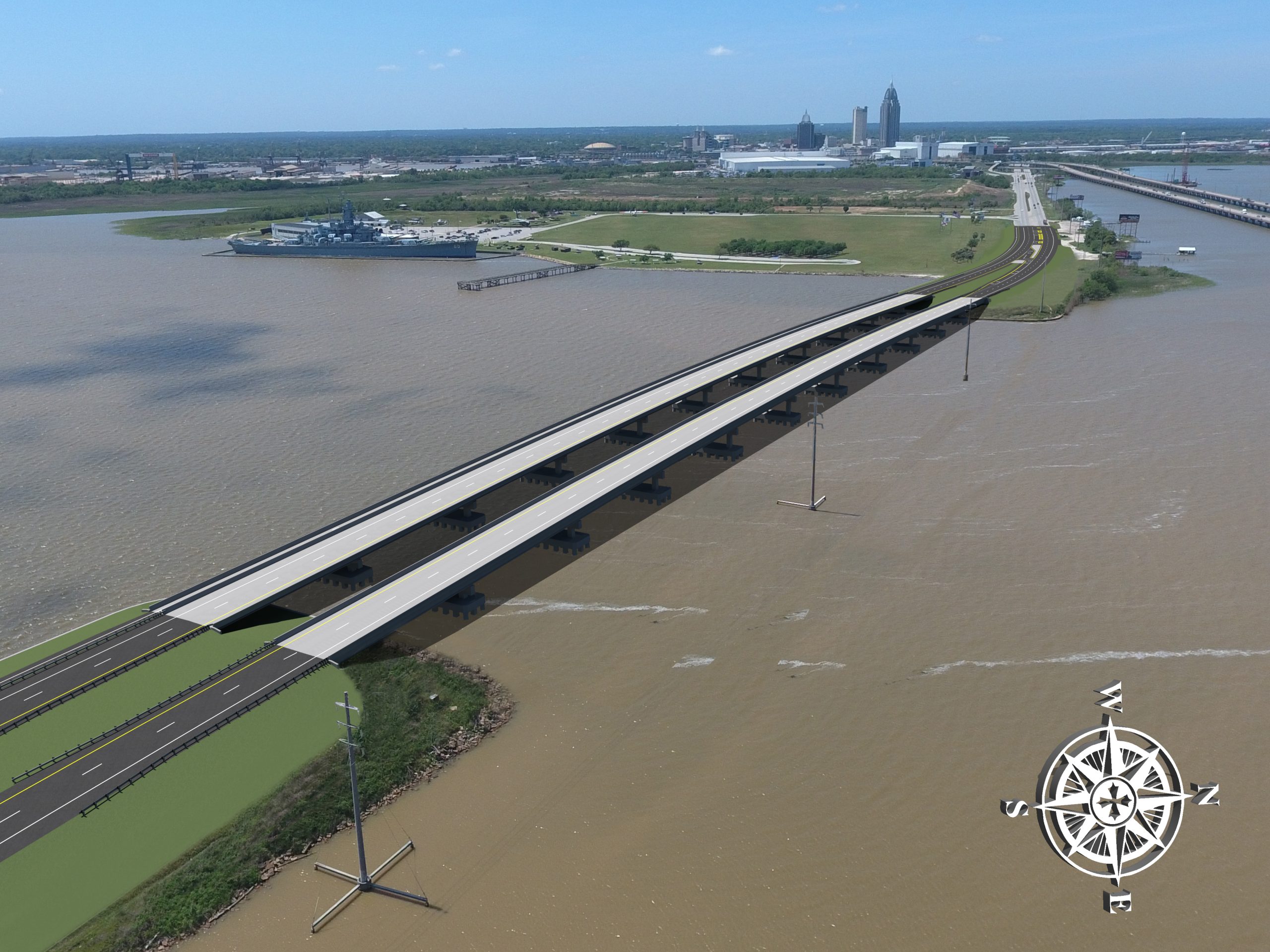In a strategic partnership aimed at advancing alternative transportation and community connectivity, the Alabama Department of Transportation is working closely with the Eastern Shore Metropolitan Planning Organization (ESMPO) to integrate biking and pedestrian infrastructure into the regional transportation system.
The ESMPO has formally adopted the Baldwin County Multimodal Connectivity Vision Plan, marking a significant milestone in the county’s trail network development. This ambitious project seeks to establish an expansive network of biking and pedestrian trails across 14 municipalities, driven by a collaborative effort with ALDOT and local governments.
The visionary plan lays out a comprehensive strategy to link trails throughout the county, often running parallel to state and US highways maintained and managed by ALDOT. This initiative aims to benefit residents and visitors by promoting healthier lifestyles and reducing vehicular congestion.


At the core of this connectivity plan is ALDOT’s working relationship with municipalities and the county. ALDOT ensures that biking and pedestrian needs are incorporated into the environmental documentation for new road projects or upgrades. Working with ALDOT, municipalities are eligible for federal funding and grants through programs like the Transportation Alternatives Program (TAP) administered by the federal government through the Federal Highway Administration.
New Tensaw River Bridge addition will feature a bike and pedestrian span
An exciting development in the connectivity plan involves the eastbound Tensaw River Bridge, which is set to begin construction in late 2024 along the US-90 causeway. This new bridge will feature a 10-foot-wide span designated for bike and pedestrian access. The addition aligns with the county’s visionary plan, eventually forming an integral segment of the broader trail network spanning Baldwin County, particularly the Eastern Shore region.

This trail connectivity is a significant investment in Baldwin County’s future, to elevate quality of life, boost tourism, and stimulate local economies along the trail corridors.




